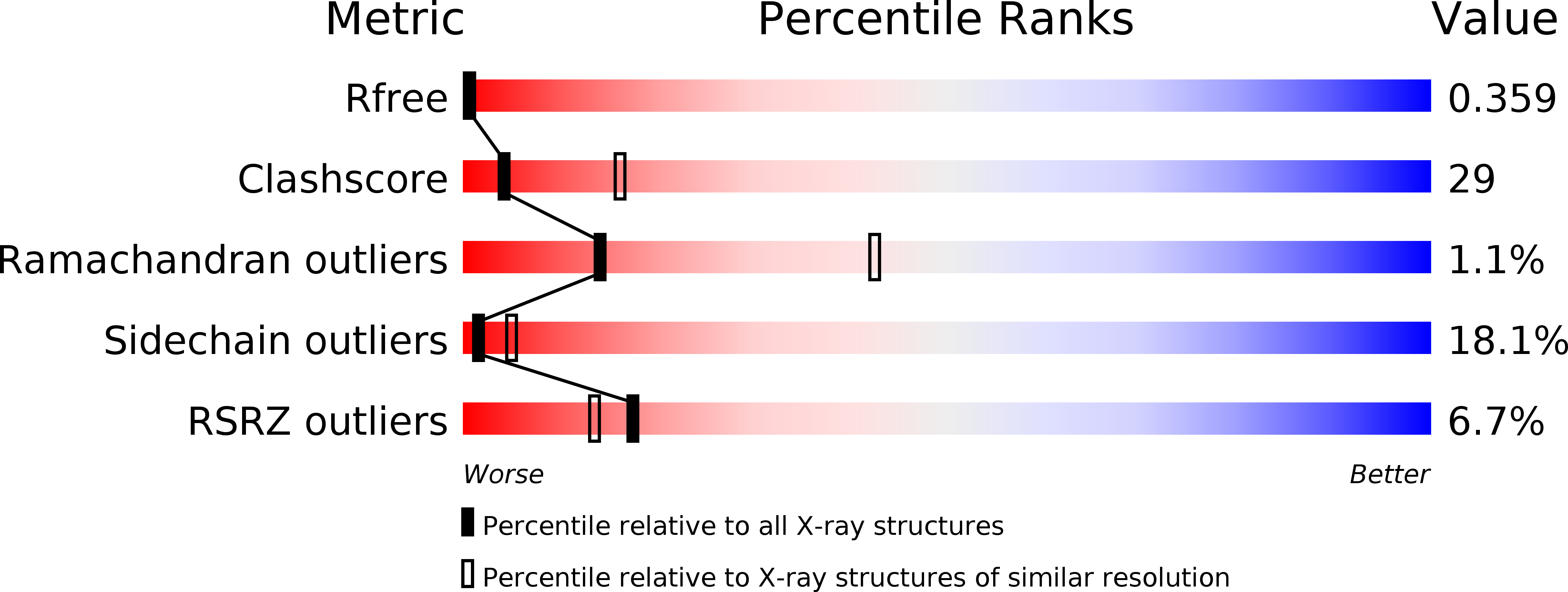
Deposition Date
2018-02-13
Release Date
2018-05-09
Last Version Date
2024-01-17
Entry Detail
PDB ID:
6FQ4
Keywords:
Title:
Structure of Chlamydial virulence factor TarP and vinculin head domain
Biological Source:
Source Organism:
Gallus gallus (Taxon ID: 9031)
Chlamydia caviae (Taxon ID: 83557)
Chlamydia caviae (Taxon ID: 83557)
Host Organism:
Method Details:
Experimental Method:
Resolution:
2.89 Å
R-Value Free:
0.34
R-Value Work:
0.28
R-Value Observed:
0.28
Space Group:
P 21 21 2


